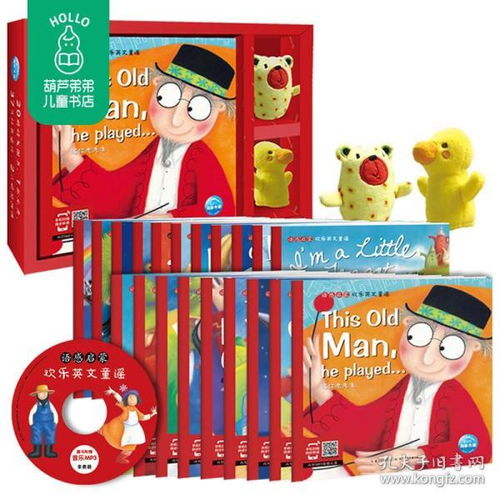凯叔早教英文儿歌歌词
Title: Enhancing Early Childhood Education with Engaging English Nursery Rhymes
Introduction
Early childhood education is crucial for a child's development, and incorporating engaging activities like English nursery rhymes can greatly enhance learning outcomes. In this guide, we'll explore the benefits of using English nursery rhymes for early education and provide practical tips for effectively incorporating them into teaching.
Benefits of English Nursery Rhymes in Early Education
1.
Language Development
: Nursery rhymes expose children to rich vocabulary and sentence structures, aiding in language acquisition and fluency. The rhythmic patterns and repetitive nature of rhymes make it easier for young learners to grasp new words and phrases.2.
Phonemic Awareness
: Singing nursery rhymes helps children develop phonemic awareness, which is essential for learning to read. The rhyming words and distinct sounds in rhymes teach children about the phonetic elements of language, improving their literacy skills.3.
Cognitive Development
: Engaging with nursery rhymes stimulates cognitive development by enhancing memory, attention, and problemsolving skills. Children learn to follow sequences, identify patterns, and make connections between words and actions.4.
Social and Emotional Skills
: Singing and reciting rhymes in a group setting promote social interaction and cooperation among children. It also provides opportunities for emotional expression and selfregulation as children express themselves through music and movement.
5.
Cultural Awareness
: Many nursery rhymes have cultural significance, introducing children to traditions, customs, and historical events. Exploring rhymes from different cultures fosters cultural awareness and appreciation for diversity.Tips for Incorporating English Nursery Rhymes in Early Education
1.
Create a Rhyme Routine
: Establish a regular time each day for singing or reciting nursery rhymes, such as during circle time or transitions between activities. Consistency helps children anticipate and engage in the activity.2.
Use Visual Aids
: Enhance comprehension and engagement by using visual aids like posters, flashcards, or puppets to accompany the rhymes. Visuals help reinforce vocabulary and concepts, making learning more interactive and memorable.3.
Encourage Participation
: Encourage active participation by inviting children to clap, dance, or act out the rhymes. Movement enhances kinesthetic learning and keeps children actively engaged in the learning process.4.
Connect Rhymes to Themes
: Integrate nursery rhymes into thematic units or topics being explored in the curriculum. For example, use rhymes about animals during a unit on wildlife or rhymes about weather during a unit on seasons.5.
Personalize the Experience
: Adapt rhymes to suit the interests and cultural backgrounds of the children in your classroom. Encourage children to create their own verses or add actions to familiar rhymes, fostering creativity and ownership of learning.6.
Extend Learning Beyond the Rhyme
: Capitalize on the themes and concepts introduced in nursery rhymes by incorporating related activities, such as crafts, storytelling, or dramatic play. This allows for multidisciplinary learning and reinforces key concepts.7.
Involve Families
: Share nursery rhymes with families and encourage them to continue the learning at home. Provide resources such as lyric sheets or recordings so that families can participate in singing and reciting rhymes together.Conclusion
Incorporating English nursery rhymes into early childhood education offers numerous benefits for language development, cognitive skills, and socialemotional learning. By following these tips and strategies, educators can create a fun and enriching learning environment that lays a strong foundation for children's future academic success. Let the joyous melodies and timeless verses of nursery rhymes guide children on their journey of discovery and learning.
版权声明
本文仅代表作者观点,不代表百度立场。
本文系作者授权百度百家发表,未经许可,不得转载。











